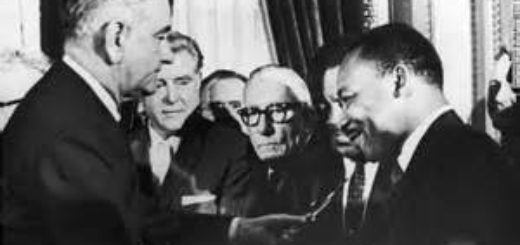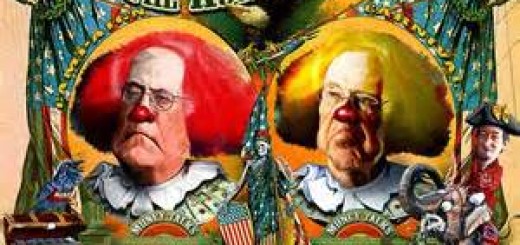America Unwillingly Reliving Its Racist Past
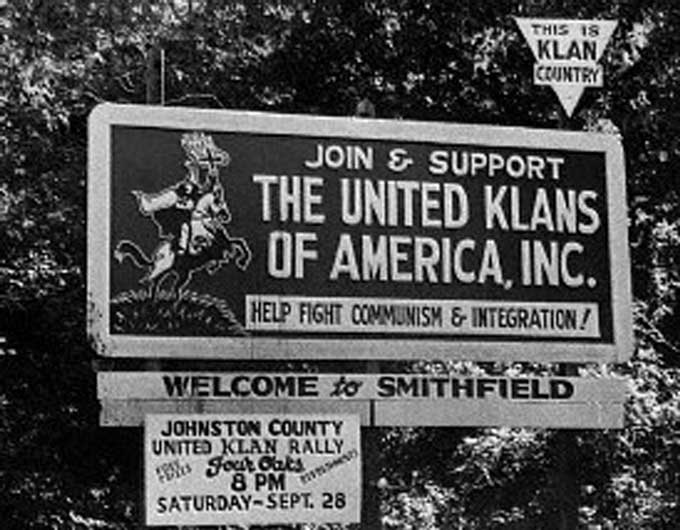
We have a president of the United States who’s a racist. Most Americans aren’t buying his lies.
We’ve been through this. Many, many times before. And the US always seems come out of it a fairer, more diverse nation.
America is still a beacon of human progress despite that our founding document defined slaves as three-fifths of a person (Article I, Section 2) and required states to return runaway slaves (Article IV, Section 2).
We now have a president who refused to condemn pseudo-confederates and neo-Nazis who marched with tiki torches through Charlottesville, VA, in August 2017, video published by Variety and courtesy of YouTube (just a minute and a half):
Of course this is not Donald trump’s first go-around with racism. Here’s a summary:
- Trump and his father Fred were sued in 1973 for systematic discrimination against people of color in Trump’s rental properties. The Trumps eventually settled.
- Trump in 1989 purchased full-page ads in New York’s four major newspapers (total cost: $85,000) condemning the five black kids who stood accused of the rape of a Central Park jogger. The ads were headlined, “Bring Back the Death Penalty!” When the five kids, now men, were proven innocent and in 2014 settled with the City for $40 million, Trump wrote an opinion piece for the New York Daily News proclaiming that the group’s guilt was still likely.
- Trump launched his presidential campaign by calling Mexicans rapists. His campaign of stoking racial resentment included claiming he couldn’t receive a fair judgment from a judge of Mexican heritage (the judge was born in Indiana) and feuding with a Muslim Gold Star father and mother, who had just lost their son in Iraq.
Episodes of elected officials making racist remarks are increasingly in the news, but are getting called out…an affirmative sign of human progress. Here is a one and a half minute video of Iowa Rep. Steve King, published by NBC News and courtesy of YouTube:
The Age of Loathing
Today’s mean-spirited gestures by the president and other public figures recall another time in US history: the 1920s. During that time, it seems racist expressions were common and mainstream. Unlike today, they didn’t get called out by moral authorities.
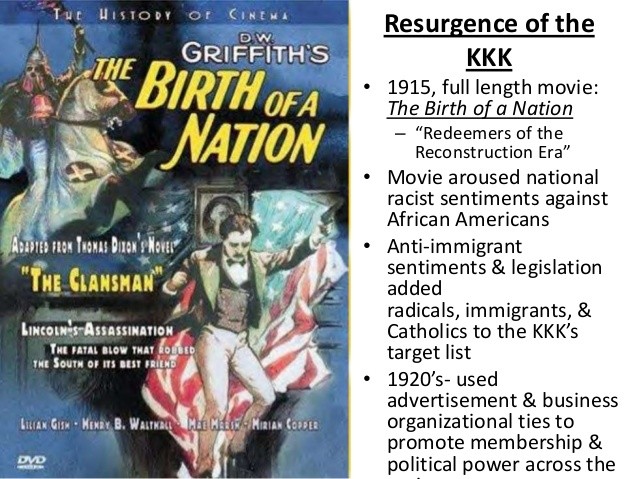
In the words of Bill Bryson, author of the wonderful book One Summer: America, 1927, “Bigotry [in the 1920s] was casual, reflexive and well nigh universal.” The respected mainstream New Yorker magazine ran a cartoon with the dreadful tag line, “Niggers all look alike to me.”
The Resurgence of the Klan
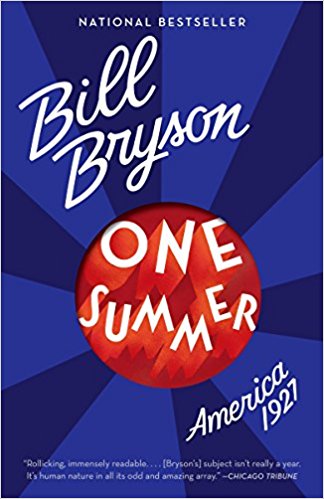
Nothing captured the Age of Loathing so succinctly as the revival of the Ku Klux Klan. At its peak in the 1920s, it gained between five and eight million new members. In some communities, the Klan became a social club, with cross burnings and lynchings a source of amusement. The Klan hated everyone: Catholics, Jews, immigrants, anybody of color…and harassed them endlessly.
The Klan’s downfall came unexpectedly when its president based in Indiana, David C. Stephenson, stood accused of savagely beating and sexually abusing a young woman he had started dating. It sounds like an outcome tailor-made for Fox News.
The Eugenics Movement
Another hallmark of the decade was the emergence of the so-called science of eugenics, which can be simply defined as “the cultivation of superior human beings.” It was based on a wildly popular book, The Passing of the Great Race by Madison Grant. Bryson:
Eugenics was used to justify enforced deportations,…restrictive covenants on where people could live, the suspension of civil liberties, and the involuntary sterilization of tens of thousands of innocent people.
The eugenics movement ended America’s open-door immigration policy. By 1927 more people were deported from Ellis Island than being let through. At its peak, 30 states had sterilization laws.
The horrors of Nazi Germany put a lid on the practice of eugenics. Still, its ideals remain alive today in the form of Trump’s travel ban and border wall, voter suppression, mass incarceration and other policies that clearly imply that some people are better than others.
Americans Aren’t Buying It
Here are three polling charts that clearly reveal that the American people are the ultimate moral authority. They’re not goosestepping with Trump and his white nationalist agenda.
First, A recent Gallup poll on American attitudes towards immigration:
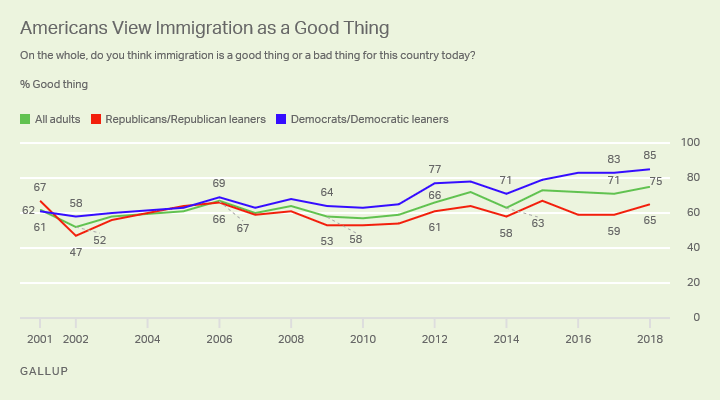
Next, how do Americans feel about a southern border wall?
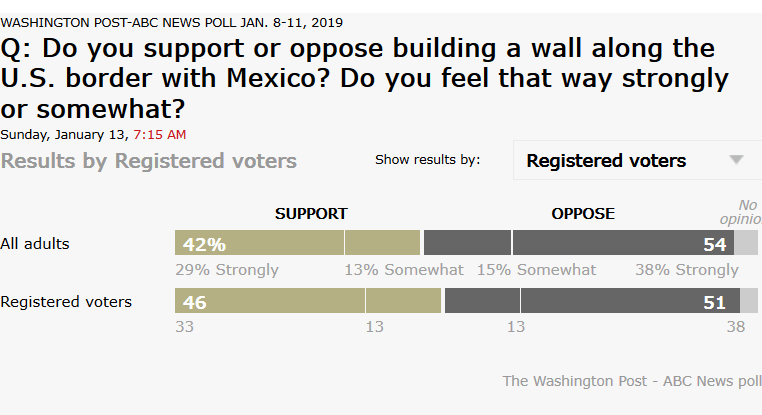
Finally, a measurement of American support of diversity, meaning the inclusion of people representing more than one national origin, color, religion, socioeconomic stratum, sexual orientation, etc.

Remember, the dreadful 1920s was followed by the New Deal. We’ll get though this.
